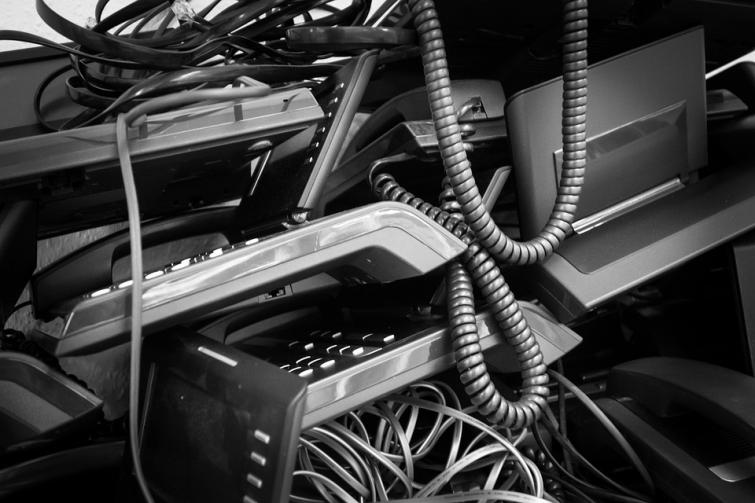
Kolkata, Mar 3 (UNI) India's production of e-waste is likely to increase by 5.2 MMT per annum by 2020 from 2 MMT in 2016 due to buoyant economic growth and changing consumption patterns, according to ASSOCHAM-EY joint study.
The factors that led to a growth of e-waste are digital transformation, Social and economic growth, rapid technology advances, dumping trash etc. The dumping used and waste EEE (electrical and electronic equipment) into developing or under developed countries by the developed countries.
India is among the top five e-waste generating countries in the world besides China, the US, Japan and Germany. Among states, Maharashtra contributes the largest e-waste of 19.8 per cent but recycles only about 47,810 tonne per annum (TPA).
Tamil Nadu with e-waste contribution of 13 per cent recycled about 52,427 TPA; Uttar Pradesh (10.1 per cent) recycles about 86,130 TPA; West Bengal (9.8 per ent), Delhi (9.5 per cent), Karnataka (8.9 per cent), Gujarat (8.8 per cent) and Madhya Pradesh 7.6 per cent, as per the joint report .
According to ASSOCHAM-EY joint report, 44.7 MMT of e-waste was generated worldwide in 2016 and it is expected to grow at a rate of 3.15 per cent (CAGR). Following the current growth rate of rising e–waste, it is estimated that by 2021, e–waste will rise to 52.2 MMT.
Electronic waste refers to all items of electrical and electronic equipment (EEE) which includes general consumer electronics, such as TV appliances, computers, laptops, tablets, mobile phones, white goods and industrial grade electronics, such as telecommunication systems, instrumentation systems and electronic machinery.
E-waste is hazardous due to presence of many deadly chemicals and metals like lead, cadmium, chromium, mercury, polyvinyl chlorides (PVC), brominated flame retardants, beryllium, antimony and phthalates. Longterm exposure to these substances damages the nervous systems, kidney, bones, reproductive and endocrine systems.
The large share of e-waste (more than 95 per cent) gets channelized to unorganized sector as these small shops use low-cost rudimentary methods of processing to recover materials. Lack of consumer awareness is another reason for channelization of e-waste to unorganized sector, noted the joint paper.
E-waste (Management) Amended Rules 2018 makes producers liable to collect 10 to 70 per cent (over seven years) of the e-waste they produce but industry is unable to cope up with these targets. Around 70 per cent of e-waste is generated by private households, majority of which is collected and managed by the unorganized sector.
Recognizing that e-waste must be managed using a lifecycle approach, a set of policies and standards should be developed so as to address the product design to decrease the inherent challenges from the outset like electronic product environmental assessment tool (EPEAT), the United States Environmental Protection Agency’s (EPA) Design for Environment (DfE) approach and the European Eco-Design Directive.
UEEE must also be appropriately protected against any damage caused during transportation, loading and unloading so as to guarantee that the product remains in reusable condition.
In a country like India where most of e-waste is processed by unorganized sector, preventing future e-waste problems require the development of low cost and environment friendly recycling and disposal infrastructure.
Since electronics are in use everywhere, e-waste is generated everywhere.
Investment should be made in R&D of environment-friendly recycling technologies that can be deployed at small scale with minimal capex across India.
Support Our Journalism
We cannot do without you.. your contribution supports unbiased journalism
IBNS is not driven by any ism- not wokeism, not racism, not skewed secularism, not hyper right-wing or left liberal ideals, nor by any hardline religious beliefs or hyper nationalism. We want to serve you good old objective news, as they are. We do not judge or preach. We let people decide for themselves. We only try to present factual and well-sourced news.







